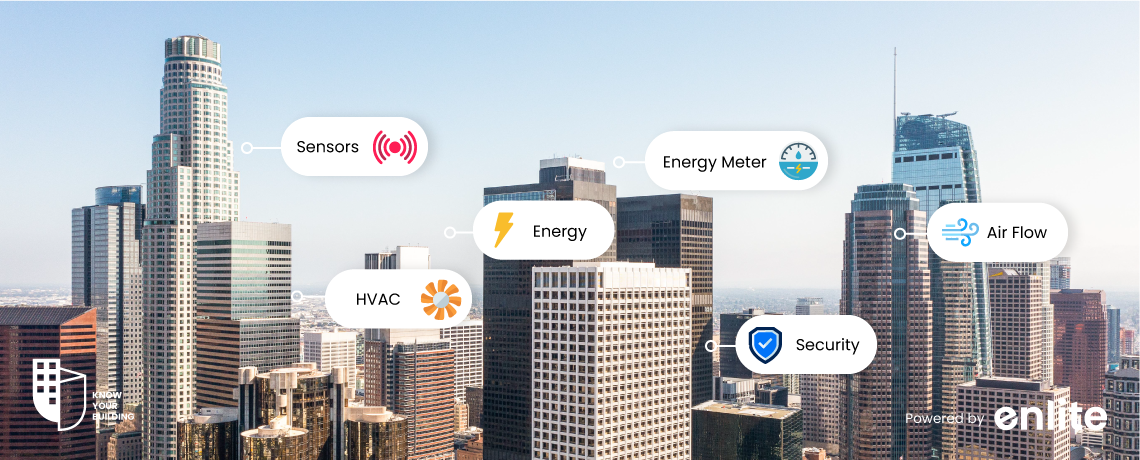Introduction
In the fast-paced world of today, technology has become an indispensable part of our lives. Smart devices, automation, and connectivity are revolutionizing the way we interact with our surroundings. One such area where technology is making a significant impact is in the realm of building management systems. With the advent of wireless technology, building management systems have become more efficient and flexible, allowing for better control and energy savings. In this blog, we will delve into the architecture and components of wireless building management systems, exploring how they work and the benefits they offer.
Wireless Building Management Systems: A Quick Overview
Before we dive into the architecture and components, let’s understand what wireless building management systems (WBMS) are. A WBMS is a centralized system that integrates various technologies and devices to monitor and control a building’s mechanical and electrical equipment. This includes heating, ventilation, air conditioning (HVAC), lighting, security systems, and more. Utilizing wireless sensors and communication, these systems collect real-time data, transmit it to a central controller, and allow users to manage building functions through user-friendly interfaces.
What sets wireless BMS apart is the remarkable degree of user-friendliness it offers. Occupants and facility managers can access and manipulate building functions through intuitive interfaces, whether they’re on-site or remotely, enhancing the responsiveness of the system. This transformative technology brings a multitude of benefits, from flexibility that allows for easy system expansion and reconfiguration without the need for extensive rewiring to cost savings in installation and maintenance, with energy efficiency at the forefront. The scalable nature of wireless BMS systems ensures they can be seamlessly adapted to the unique needs of diverse buildings, ranging from small offices to vast industrial complexes. As these systems continue to advance, they are redefining the way we interact with our built environments, making them more agile, cost-effective, and environmentally sustainable.
The Architecture of Wireless BMS
Sensors and Devices: At the core of any BMS are sensors and devices that collect data. In wireless BMS, these sensors can be battery-powered or run on low-voltage wiring. They are strategically placed throughout the building to monitor parameters like temperature, humidity, occupancy, and lighting levels.
Wireless Communication: Unlike traditional BMS, where sensors were hardwired to a central controller, wireless BMS relies on radio frequency (RF) or Wi-Fi communication to transmit data. This wireless connectivity allows for easier installation and flexibility to add or relocate sensors as needed.
Gateways: The data collected by sensors is sent to a central hub known as a gateway. Gateways serve as the communication bridge between sensors and the central controller. They ensure data is collected and transmitted reliably.
Central Controller: The central controller is the brain of the BMS. It processes the data received from sensors and makes decisions based on pre-defined algorithms and user settings. It can adjust HVAC systems, lighting, and other building components to optimize comfort, energy efficiency, and security.
User Interface: Users interact with the BMS through a user-friendly interface, which can be a computer application, web-based platform, or a dedicated control panel. This interface allows users to monitor and control various building systems, set schedules, and receive alerts.
Key Components of a Wireless BMS
Sensors: Wireless temperature sensors, occupancy sensors, light sensors, and CO2 sensors are among the most common components. These sensors provide real-time data, enabling the BMS to make informed decisions.
Actuators: Actuators are devices that carry out the controller’s instructions. For instance, they can adjust thermostat settings, dim or brighten lights, or lock/unlock doors.
Controllers: The central controller runs the BMS software, which contains the logic and algorithms for controlling building systems. It processes data and issues commands to actuators.
Communication Protocols: Wireless BMS systems use various communication protocols like Zigbee, Z-Wave, Wi-Fi, or Bluetooth to transmit data between devices. The choice of protocol depends on factors like range, power consumption, and data transfer speed.
Benefits of Wireless BMS
Flexibility: The wireless architecture allows for easy expansion or reconfiguration of the system without the need for extensive rewiring.
Cost Savings: Installation and maintenance costs are typically lower with wireless BMS systems, and they often lead to energy savings due to more efficient control.
Remote Access: Users can monitor and control building systems remotely, enhancing convenience and responsiveness.
Energy Efficiency: Wireless BMS systems can optimize energy use, resulting in reduced operational costs and a smaller carbon footprint.
Scalability: Wireless BMS can be scaled to fit the size and complexity of any building, from small offices to large industrial complexes.














